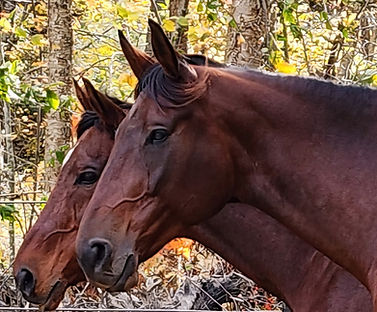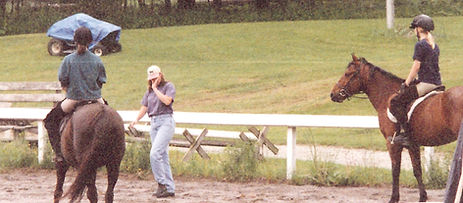
Laura Claman Equine Solutions

Training Methods and Styles
My philosophy of training centers around confidence, trust and safety. Ground work is just as important as riding. Over the years I've developed my own methods and style of training; however, there are many very positive methods and styles. Methods and styles of training must be flexible to attend to the specific needs of individual horse and rider needs.
I recommend an assessment by a veterinarian or chiropractor to rule out any physical issues that could interfere with the training process. It's important for rider and horse to be physically able to achieve your goals. When all physical issues are nullified, that's when training can safely begin. One thing I know for sure: any training method or style that goes against a horse's nature and biological needs is wrong. This includes any method that interferes with the normal bodily functions of a horse.
I will say that I use the German National Equestrian Federation principles of riding as a guide for my training for both horse and rider:
- rhythm
- looseness (relaxed and soft)
- contact and acceptance of the bit (I don't use draw reins, tie-downs or any other device to force the horse into a position. Most times I don't even use a cavesson.)
- impulsion (push from behind, torque)
- straightness (this is achieved with lateral work exercises)
- collection - balance, "Collection is achieved only after the horse has mastered and understood the aforementioned concepts." - German National Equestrian Federation
I enjoy the process of training and make the experience pleasant for the horse. When teaching/training there is a line between 'good' stress and 'bad' stress. People and horses learn only in the 'optimum' stress zone.



Above to the left, I'm working on leading with a horse that likes to cut in front of the leader. She learns that there is my lane and her lane. I never hit the horse with the implement; it is a tool that acts like a wall.
In the picture on the right, I'm discussing the "why", or theory, behind what I'm asking my students to do. This gives context to make the idea easier to understand.